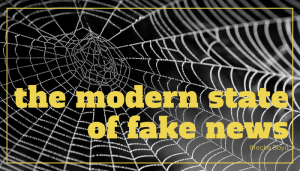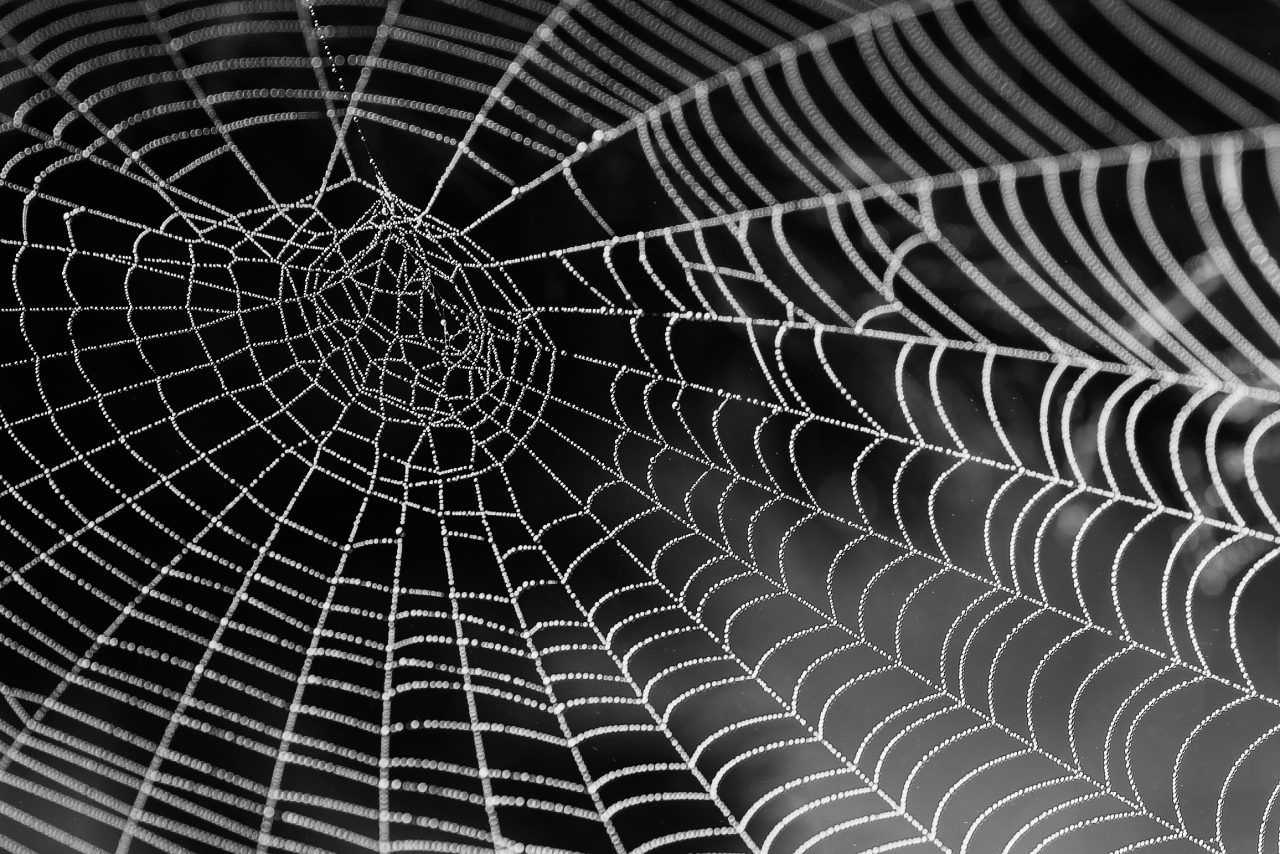
Widespread reporting by credible news outlets in the aftermath of the 2016 U.S. presidential election unearthed the existence of fabricated online news stories that intentionally falsify and mischaracterize factual information for the purpose of manipulating readers.
Coined as fake news, inaccurate information is packaged and branded online to appear as credible news stories, is spread rapidly through social media and inflicts severe damage to those targeted.
For the first few weeks following the 2016 presidential election, pundits argued the existence of fake news and its culpability in persuading political leanings during the campaigns.
One side reasoned that fake news jeopardized the credibility of information consumers read online leading up to the election, thus altering public discourse and drastically affecting the election results. Challengers refuted that inaccurate online stories couldn’t possibly have any real-world consequences, and even less, couldn’t inflict tangible damage on society.
Amidst the pundits arguing, a U.S. citizen armed with an assault rifle stormed into a D.C. restaurant and fired multiple shots with employees and customers present after reading an online story that Democrats were operating a child slave ring out of establishment’s basement. The gunman traveled from his North Carolina home to “self-investigate” and free the children he believed were being held against their will. Fortunately, no one was hurt. Unfortunately, this gunman had been manipulated by a fake news story convincing enough for him that in reaction he committed a felony.
We are vivacious consumers of online content, and fake news preys on our need for information. It’s outward lure of truth looks the part of credible news, making it harder to identify. A mastery of disguise, it is maliciously produced in various online forms with the intent to fool readers. It lies. Misrepresents. Smears good names for the sake of online clicks. Manipulates the truth. Falsifies its identify. Tells you what you want to hear. Can steal your money and your identity. Appears trustworthy.
Take clickbait, where an outrageous headline draws readers to websites where stories may be partially true but use fiction, satire, or other fake details to appear believable. These deceiving websites intentionally prey on trusting readers who do not check sources nor url addresses, and then pass the information off as accurate news.
Despite one’s political position, there is no denying that fake news not only exists, but that it is affecting real lives.
Who’s to blame? The creator or the consumer? Before the revelation, creators of the content were at fault because consumers were unaware that their online habits were being maliciously and tactically targeted as a tool to spread misinformation. But now knowing that fake news exits, the consumer is going to need to be the first line of defense to stop the spread of misinformation. We spot it, we stop it.
News outlets have started reporting lists of fake news websites which may be a starting place to educate consumers. But should there be one step further where there is a defined list of what outlets are journalistically credible so that people can confidently know stories have been fact-checked, sourced and made accurate by real reporters before they are published?
Possibly. However, Bloomberg News reports that professional fact-checkers say these types of lists “require judgment calls, and it can be hard to tell where to draw the line.”
It may takes years to halt the generation of fake news, but the more educated we are about what it is, we as consumers can be the first to stop spreading, consuming and believing fake news stories. We have arrived at the fake news revelation.
